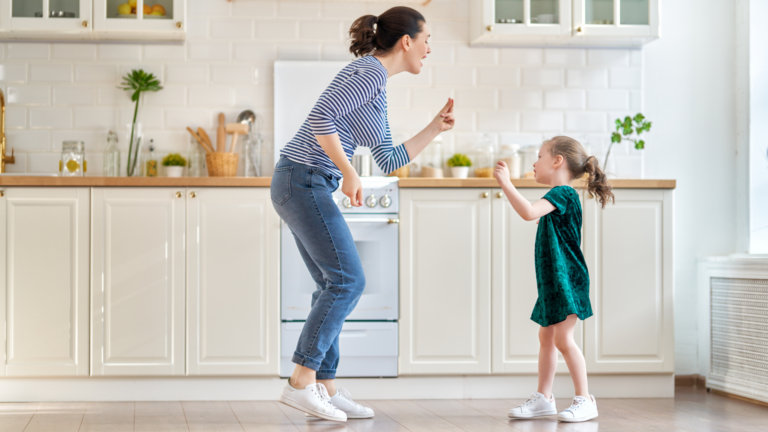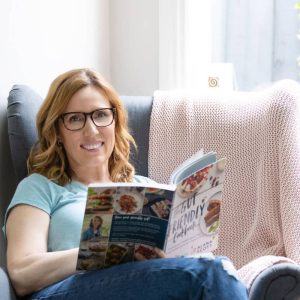The low FODMAP diet Australia wide is super effective at easing bloating, pain and diarrhoea. If you’re one of the lucky (or unlucky) ones with constipation dominant IBS, you may find that FODMAP helps with bloating but does nothing or even worsens constipation. Additionally, those with diarrhoea dominant IBS, can also find that the low FODMAP diet can slow their gut a little too much.
The issue with FODMAPs and “gut transit” time
FODMAPs are certain types of carbohydrates that when consumed in food or drinks are not absorbed properly in the small intestine. This means they continue their path along the digestive tract, passing through the small and then large bowel before being flushed away.
One the reasons FODMAPs can cause loose stools or diarrhoea is that that tend to be very osmotic, meaning that they attract water a lot of water into the intestine. This extra water in the bowel speeds up the movement of matter though the digestive tract and can lead to loose or watery stools. When you commence a low FODMAP diet and begin to limit the amount of FODMAPs you consume, the result will be that you draw less water into the bowel. Of course, less water in the bowel means a reduction loose stools or diarrhoea. But, if the digestive tract becomes a bit too dry, this can result in a sluggish bowel. A little like a river during a drought.
Challenging FODMAPs
If you are someone who is more prone to diarrhoea and have had a good reduction in your gut symptoms on the Elimination phase of the low FODMAP diet, moving to the Challenge phase would be the best way to manage any constipation. This phase can help you find that happy balance between drawing enough water into the bowel to keep things moving, but not so much that things move too fast.
Low FODMAP strategies to manage Constipation
If you are constipation dominant or not ready to challenge yet, here are some strategies that can help to get things moving again.
Food options:
- It can be tough to get enough fibre on a low FODMAP diet, mostly because many high fibre foods are also high FODMAP. Fibre acts like a sponge, making stools bigger and softer. Of course big and soft is easier to pass than small and hard. Fibre can also help with what’s called “transit time” meaning that matter moves through the digestive track at a better speed. Low FODMAP options to increase fibre include:
- Include low FODMAP nuts and legumes like small serves of canned (drained) lentils, chick peas and butter beans, pepitas, sunflower seeds, pine nuts, peanuts, macadamia nuts, brazil nuts and small serves of almonds,
- Swap breads and cereals for low FODMAP whole grains like quinoa, sorghum, oats, buckwheat, millet and spelt or wheat sourdough breads.
- Enjoy plenty of low FODMAP vegetables by including them in at least two meals per day and snack on low FODMAP fruit twice each day. It’s good to look for a variety of colours when choosing your fruit and vegetables and if possible leave the skins on.
- Include Kiwifruit. Kiwifruit has an enzyme called actinides which increases contractions along the bowel called peristalsis helping stool to move through more easily. Research shows that people who have constipation are less likely to use laxatives when they eat 2 kiwifruit per day.
- Coffee first thing in the morning can help with gastro-colic reflex, and stimulate a bowel movement.
Behavioural strategies
Exercise can reduce constipation by stimulating the natural contractions of the digestive system. It doesn’t really matter what you do, it’s consistency that is important. So find something that you enjoy and do it regularly.
Correct posture can help to align the colon and make it easier to pass a bowel motion. Place feet flat, lean forward, relax and breathe deeply. Some people also find it helps to place a small footstool or some books under their feet.
Having a routine can also help, aim to make time to sit in a relaxed way at a similar time each day. Holding on can worsen constipation, so when you feel the urge, go right away.
Supplements
If you find that the tips above don’t help, it might be time to look at adding in a supplement.
- Kfibre is a Monash certified fibre supplement that is particularly helpful at improving “laxation” and is well tolerated by people with a sensitive gut.
- Fibre supplements like psyllium or PHGG can help to bulk and soften stool. Start with a small dose and increase slowly. Make sure to also increase water when you add a fibre supplement.
- Magnesium has a calming and relaxing effect, and at larger doses can attract water into the bowel and act like an osmotic laxative
If these first line strategies are not helpful, your dietitian, pharmacist, or doctor can help with targeted over the counter or even prescription options. These can be very useful, but need to be personalised to your situation and needs.
Final Thoughts
This blog discussed constipation in relation to IBS and the effects of the low FODMAP diet Australia wide. It is important to note that constipation can be caused as the result of many different factors and what is causing your constipation will be pivotal to which strategies are the most effective. In some cases, e.g. medication induced constipation, certain strategies may worsen the situation. Please talk to your dietitian, doctor or pharmacist for personalised advice.
Everyday Nutrition dietitians are IBS experts. We have the knowledge and skills to support you with personalised advice and gut health solutions. We consult privately in Melbourne’s inner south east and worldwide via zoom. You can make an appointment here.










